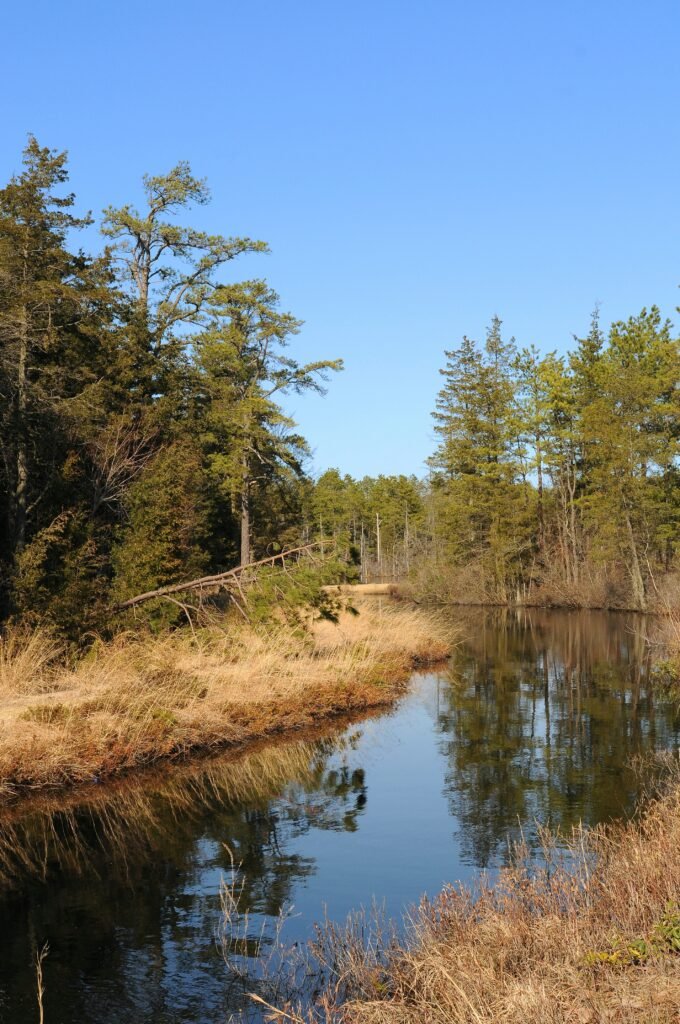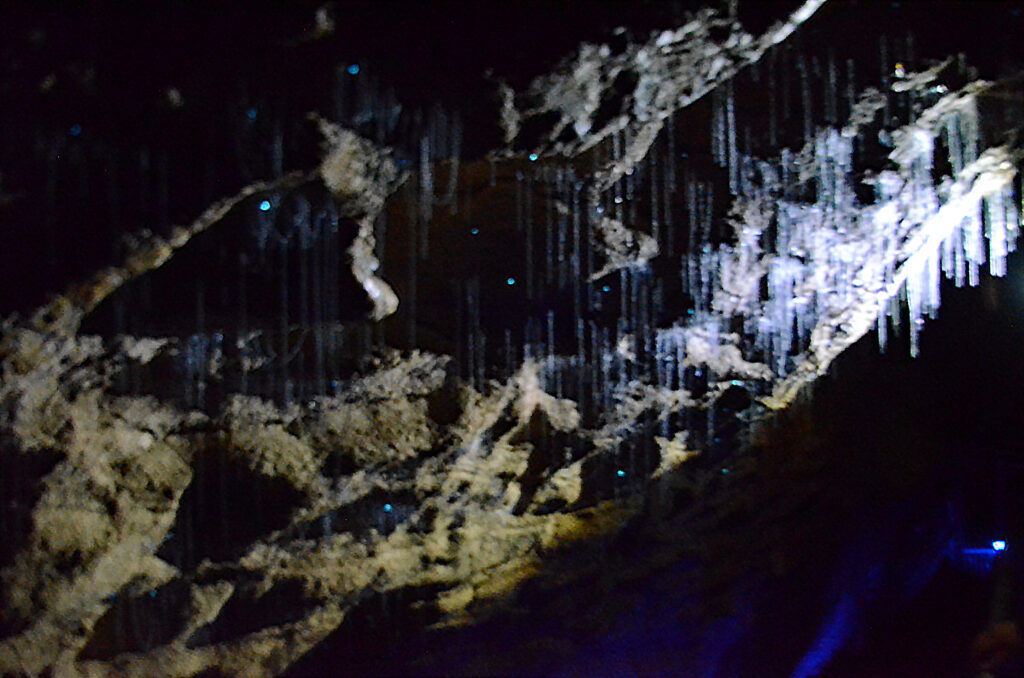If you think of New Jersey as highways and crowded beaches, prepare to be astonished. Tucked away in the heart of the state is a vast, mysterious wilderness that feels worlds apart from city life—the Pine Barrens. Imagine a landscape where ancient pines rise from sandy soil, rare orchids bloom after fire, and the air is alive with the calls of elusive animals. This is not just a forest, but a living testament to the power of fire and nature’s remarkable ability to adapt and thrive in the face of adversity. The Pine Barrens are not only a refuge for unique plants and animals, but also a place that challenges our ideas of what a forest should be—wild, unpredictable, and shaped by flames.
A Landscape Forged by Fire
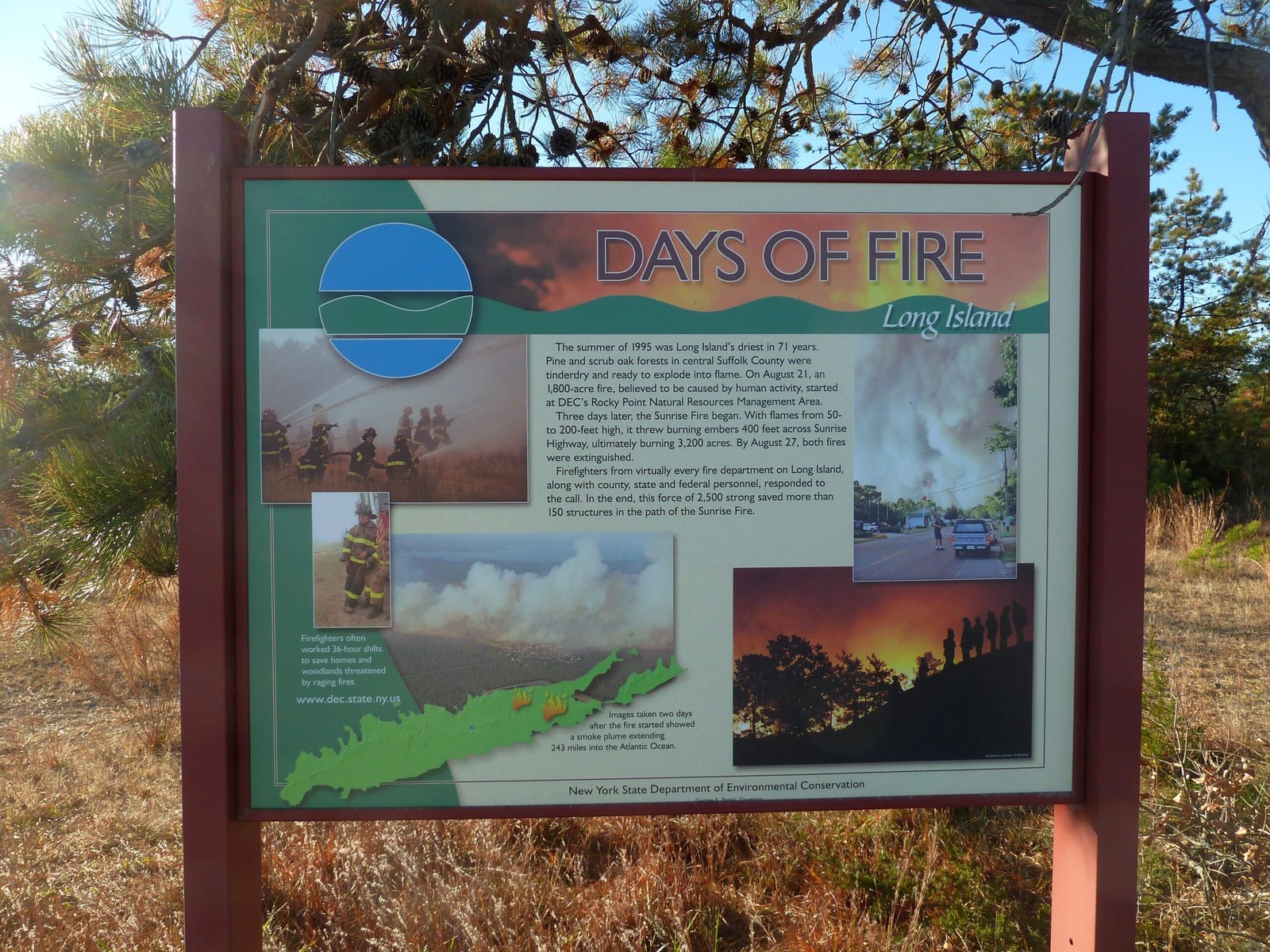
The Pine Barrens are defined by fire. Every few years, natural or human-made fires sweep through this ecosystem, clearing underbrush and resetting the forest’s clock. Unlike most forests, the vegetation here isn’t destroyed by fire—it depends on it. Fire acts like a sculptor, shaping the land and making room for species that cannot survive in dense, unburned woods. This relationship is ancient and profound, creating a landscape that’s both resilient and surprising.
The Sandy Secrets Beneath
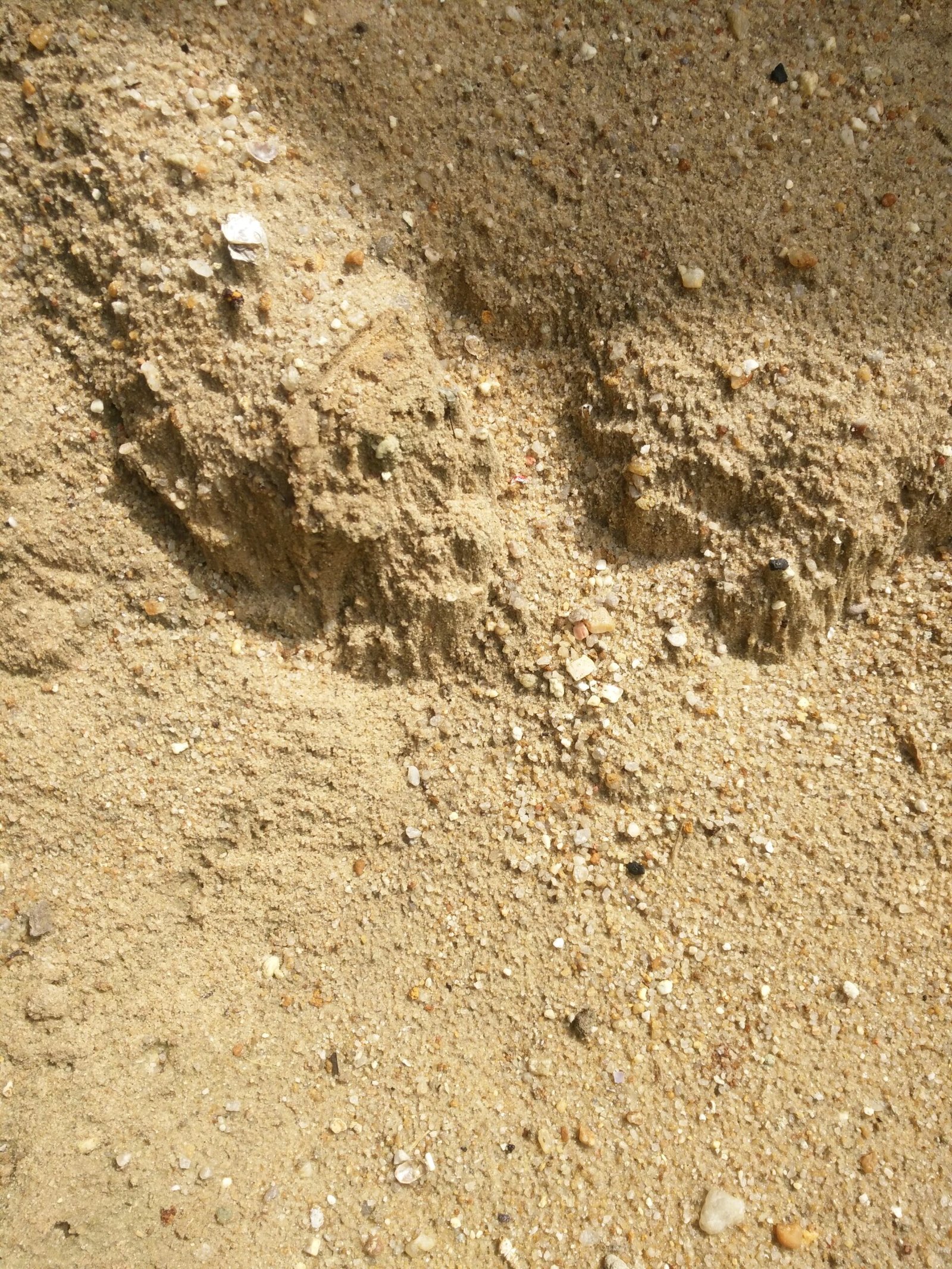
Beneath your feet, the soil in the Pine Barrens is incredibly sandy and acidic. This isn’t fertile farmland; it’s a tough environment where only the hardiest plants survive. Water drains quickly, and nutrients are scarce. Yet, this harshness is exactly what makes the Pine Barrens special. It keeps out aggressive species that might otherwise take over, allowing rare and unusual plants to carve out a niche for themselves.
Pitch Pine: The Fire-Loving Sentinel

The pitch pine tree stands as a symbol of survival in the Barrens. Its thick, rugged bark acts like a shield against flames, and astonishingly, its cones often need fire to open and release their seeds. After a blaze, these seeds fall into the freshly cleared, sunlit ground—perfect conditions for new trees to sprout. This cycle of fire and renewal ensures that pitch pines dominate the landscape, creating an open, airy forest like few others in North America.
Understory Wonders: The Resilient Shrubs
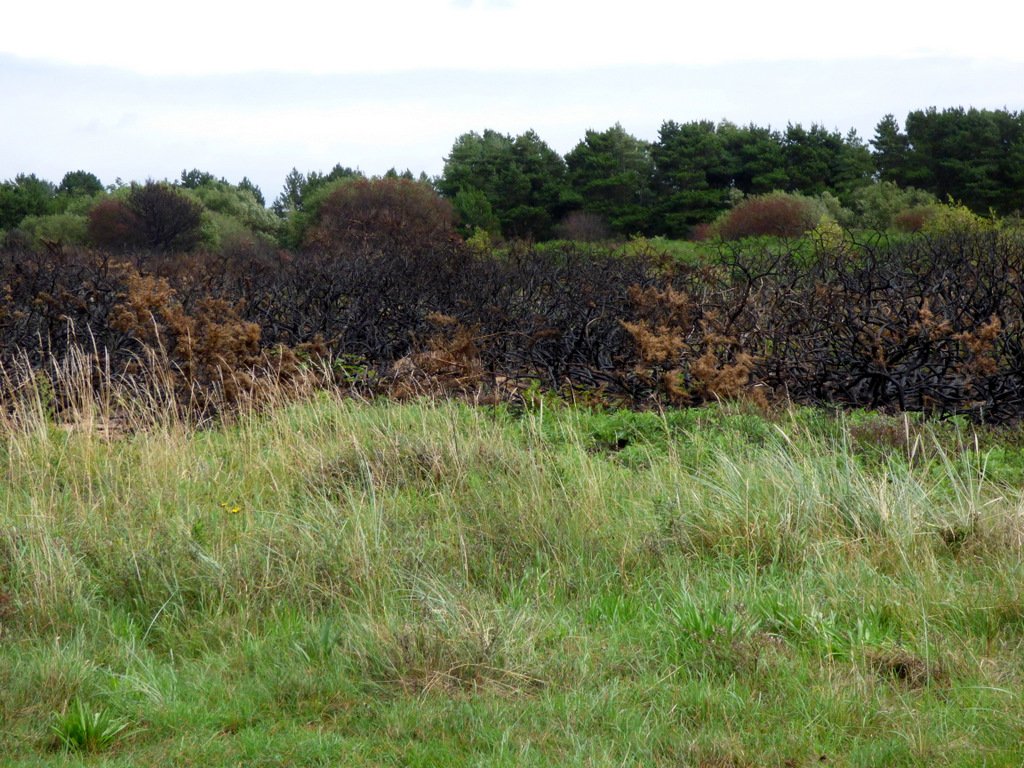
Below the pines, the understory is a tangle of tough, wiry plants. Blueberry and huckleberry bushes thrive here, able to regrow quickly after fire passes through. These shrubs offer food for wildlife and bursts of color when their berries ripen. And when the flames return, they bounce back stronger than before, proving that resilience is written into every branch.
Orchids and Carnivores: Botanical Oddities

The Pine Barrens are home to an incredible array of rare plants, some of which seem almost out of place in a temperate forest. Delicate orchids like the pink lady’s slipper and the dragon’s mouth bloom in the spring, while pitcher plants and sundews lurk in boggy patches, trapping insects for nourishment. These carnivorous plants have adapted to the nutrient-poor soil by finding food in a most unusual way—showing that survival here requires creativity.
A Haven for Rare Wildlife

It’s not just the plants that make the Pine Barrens special. Animals that struggle elsewhere find sanctuary here. The endangered Pine Barrens tree frog, with its bright green skin and purple sides, is found almost nowhere else. The timber rattlesnake and the elusive eastern box turtle slip through the underbrush, while rare birds like the pine warbler and the barred owl make their homes in the canopy. Each species adds to the sense of wildness and mystery.
The Role of Water: Bogs, Streams, and Wetlands

Water shapes the Pine Barrens as much as fire does. Crystal-clear streams and tea-colored bogs wind through the forest, their peculiar hues caused by tannins leaching from leaves. These wetlands are home to a rich tapestry of life—cranberries grow wild, and dragonflies dart over the water’s surface. The unique chemistry of the water supports plants and animals found almost nowhere else, making these wetlands ecological treasures.
Human History and Folklore

The Pine Barrens are steeped in legend and history. Native American tribes once used fire to manage the land, shaping the forest much as nature would. Later, settlers harvested pitch from the pines for shipbuilding and industry. But perhaps most famously, the Barrens are said to be haunted by the Jersey Devil, a creature of local myth that adds a touch of the supernatural to these already mysterious woods. The stories and history are woven into the very fabric of the land.
Challenges: Conservation and Threats
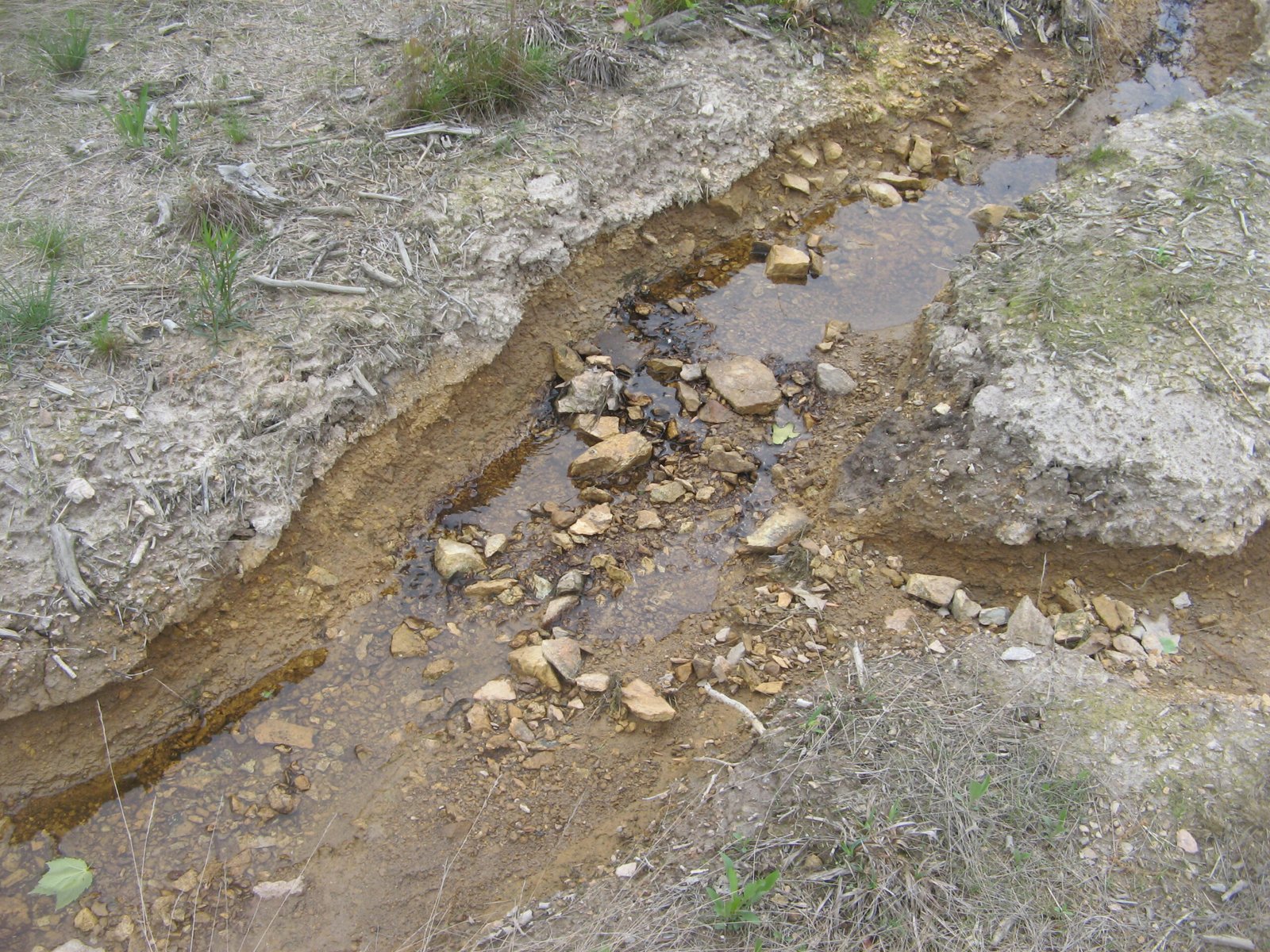
Despite their wildness, the Pine Barrens face significant threats. Development, pollution, and the suppression of natural fires have put this ecosystem at risk. Without regular burning, invasive species creep in, and the unique balance that makes the Barrens so special starts to unravel. Conservationists work tirelessly to educate the public and manage the land, but the fight to protect this fragile landscape is ongoing.
Why the Pine Barrens Matter

The Pine Barrens are more than just a forest—they are a living laboratory, showing how life can flourish in the harshest conditions. They remind us of nature’s power to endure, adapt, and surprise us at every turn. As we walk their trails, listen to the wind in the pines, and marvel at the resilience of their inhabitants, we are called to cherish and protect these wild places for generations to come.

